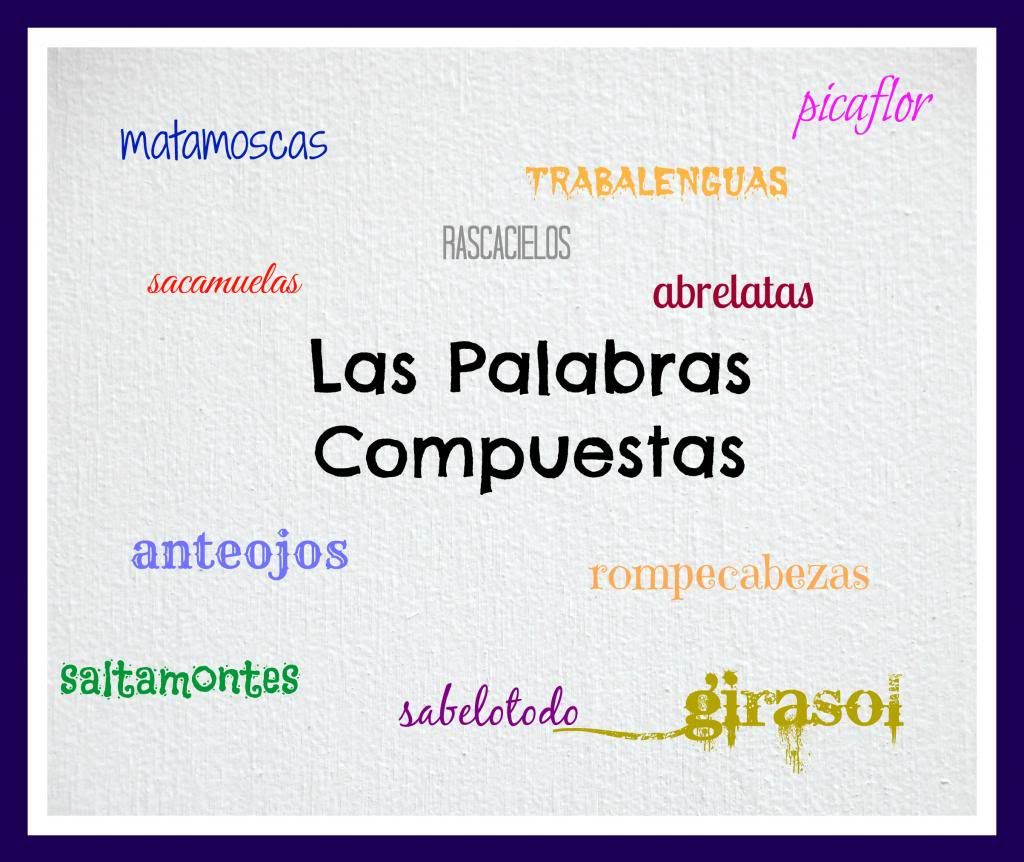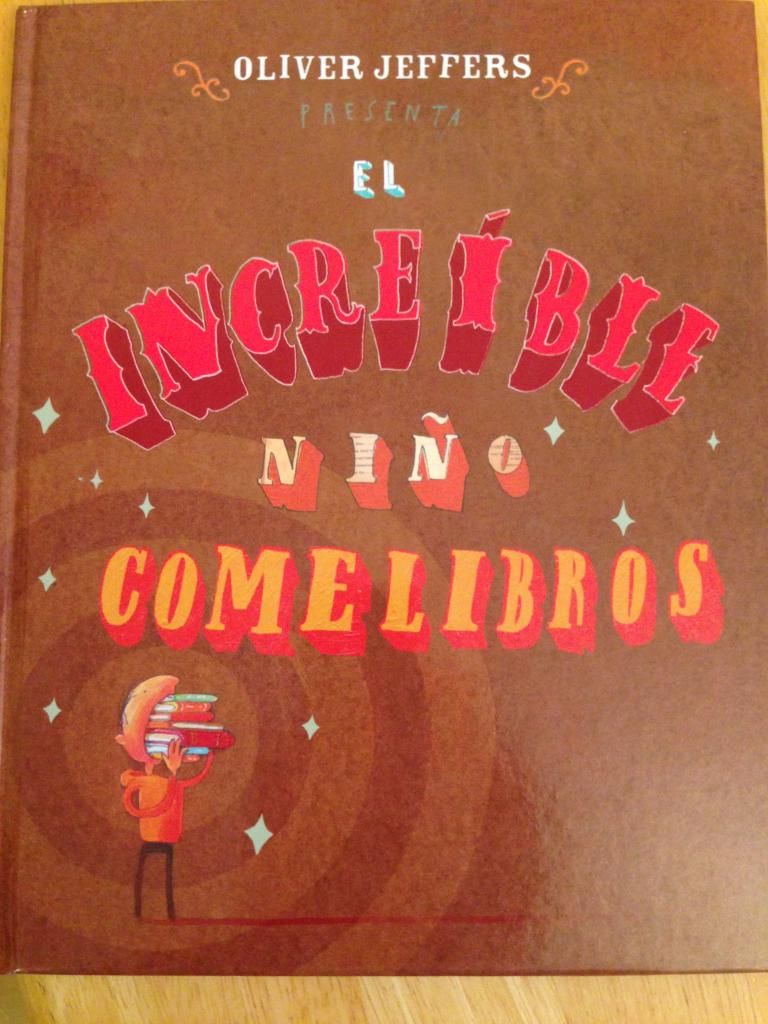This coming fall I will be working with my younger students on rhyming words in Spanish. There are several great sets of rhyming word cards available at Teachers pay Teachers. This is the set that I bought. There are 100 words (50 rhyming pairs)!! I made them into cards by adhering colored paper to them and then laminating them. I have separated them into groups of ten (so five sets). I will be teaching my students the sets one at a time. This will improve their vocabulary, teach them about the sound system in Spanish, and start them on the road to reading the language.
There are several things that you can do with these cards:
-Memory
-Go Fish
-Lay the cards out on the floor. Call out a card. A student has to find that card and its rhyming mate.
-The Slapping Game (No slapping of each other!!): Lay out the cards on the floor. Call out a word. The first student to put their hand on the correct card gets to keep the card. The goal is to have the most cards at the end. You can vary this by calling out a word on a card, but they must slap the rhyming word for it.
-Lay out the cards and spell a word in Spanish (provided your students already know the letters) and see if they can find the card. Then can they find the rhyming word and spell that for you?
-Use picture dictionaries like Everyday Words in Spanish
-Use this page at the end of learning all the words. Give your students colored pencils and the page. Call out a color in Spanish and then one of the rhyming words and have them color it in.
Here is a cute idea from another blog to do with rhyming words...rhyming snowballs or falling leaves.
{Affiliate links used. Thanks for supporting this blog.}
There are also bilingual books and books in Spanish that focus on rhyming like Huevos verdes con jamón
There is a great series of bilingual books that have a plethora of rhyming in them.
Say Hola to Spanish
Say Hola to Spanish, otra vez
Say Hola to Spanish at the Circus
El loro tico tango is another great story with lots of rhyming. Can your students pick out the rhyming words as you read it?
Have fun rhyming!






